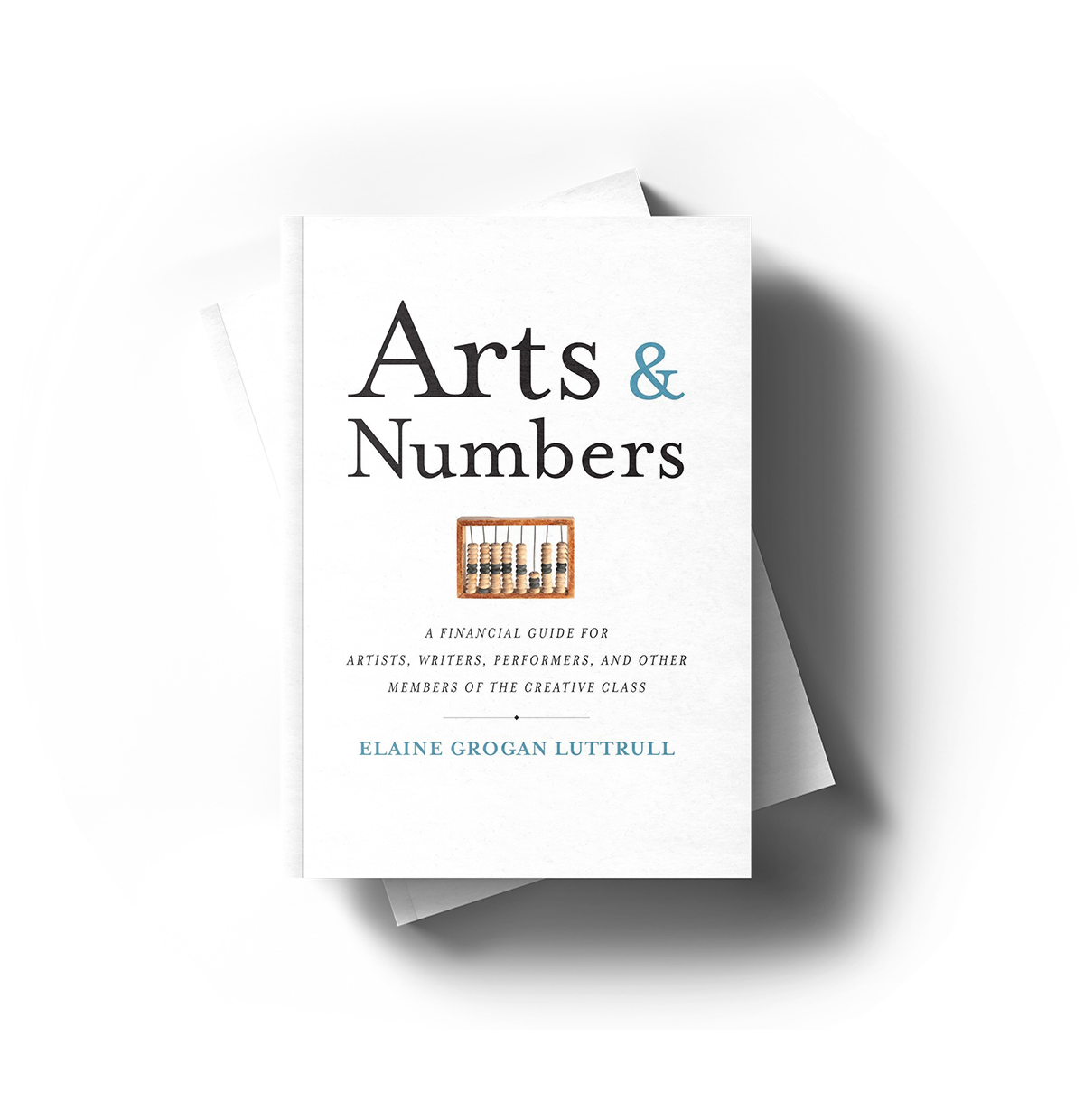October 24, 2016 • Musings

Charleston, South Carolina
Spoiler alert: There is no secret to time management. Oh sure, there are plenty of “secrets” each more life-hacky than the one before. But if you’re looking for a secret that comes with an embedded definite article (THE secret, THE life hack, THE answer to happiness), you won’t find it in an article. Or an app. Or a special calendar.
The truth is, there is no secret. There are plenty of potential solutions, though. And plenty of people try them all. Passion Planner is a favorite, as is the Bullet Journal. Toggl is revered for time tracking, as is Hours and Timely. Harvest has been called the “gold standard in time tracking” and RescueTime benefits from a verb we all use in conjunction with time management. Evernote and Calendar Blocking tools can help as well.
Some of these solutions work better for some people while others work better or others. But if there were a magical one-size-fits-all solution to managing the 168 hours we all get to spend in any give week, you’d know about it already. We all would.
No single app, journal, calendar, or potion will replace the basic organizational habits that help us manage our schedules well. These tools make completing tasks more efficient, but without the accountability to understand and prioritize managing our schedules, these apps are simply bright, shiny solutions to a problem we’d rather not confront deeply.
There’s no shortcutting the process of time management. First you understand. Then you analyze and plan. And then you revisit. Period. (Funny—Does that remind you of another process? Perhaps one we discuss ad nausea?)
Step 1: Understand how you spend your time. Tracking your time for a week is a good place to start. Tracking for one day isn’t enough data, but tracking for an entire year is probably more data than you need to take action. One week is a nice middle option. (Two or three work really well too.)
Step 2: Analyze the data. Look for patterns to find places where you “lose” time or areas where you can bundle activities to complete them more efficiently. Plus, identify your favorite and least favorite parts of the week. Are there ways to have more “favorite” time and less “un-favorite” time?
Use this data to formulate a plan. (And remember plans change, and the best ones have a bit of room for flexibility.)
Step 3: Check in with yourself to see how it’s going. What parts of the plan worked? What took longer than you thought it would? What took less time? What would you do differently next time?
There is no secret to time management. There is just a bit of understanding, a bit of planning, a bit of reflection, and a lot of forgiveness. In fact, it is the exact same process as budgeting. (We told you it was familiar!) So stop wasting time and get started.


